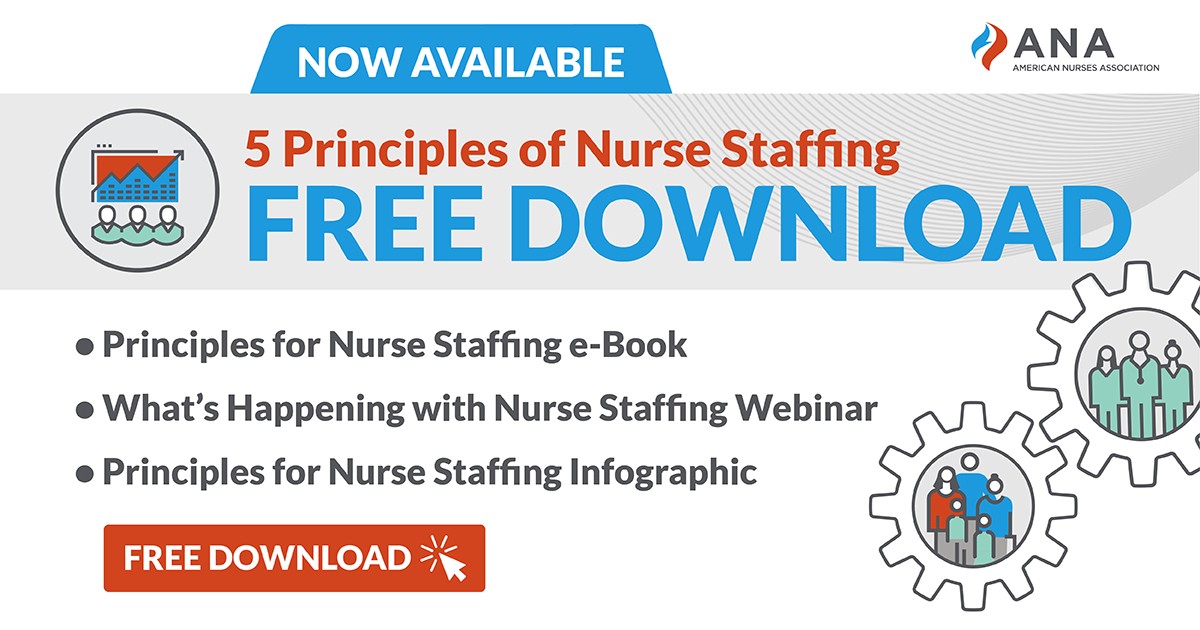The Road to Better Nurse Staffing
By: Janelle M. Zimmerman, RN, BA
Where to from here? Even though I’m writing this blog, I don’t count myself an expert. I’m one of those in the trenches. I’m one of those who left a hospital position because of burnout. I’ve considered leaving the profession. Although I’m thankful I stayed, my chest squeezes a bit each time I see an exhausted and frightened nurse in the intensive care unit or hear of another friend who decided to leave nursing because of the stress of working in an understaffed emergency department.
If you are a nurse manager who has a say in staffing, the answer for your situation is probably not exactly the same as for another nurse, but I can offer constructive advice from the trenches:
- Actively listen to and talk with your staff.
- Don’t just ask them how many patients they feel they can handle. Find out:
- what overwhelms them
- what makes them feel like somebody has their back
- what encourages or discourages them
- find out supplies they need
- what would ease their load
- Advocate for safe staffing legislation. This includes legislation in which nurses are empowered to create staffing plans specific to each unit. This approach aids in establishing staffing levels that are flexible and account for unit, staff, and patient variability.
- Empower yourself and your team with the right resources.The American Nurses Association offers several free resources to identify the major elements necessary to achieve optimal staffing. My personal favorite is ANA’s interactive Infographic, which presents a snapshot of the five principles for nurse staffing. These five principles support improved nurse staffing and better patient outcomes. Check it out here, plus their free e-book, webinar and a number of other nurse staffing resources.
Leave a comment below, if you have any other tips for improving nurse staffing in a health care setting.




Sorry, the comment form is closed at this time.